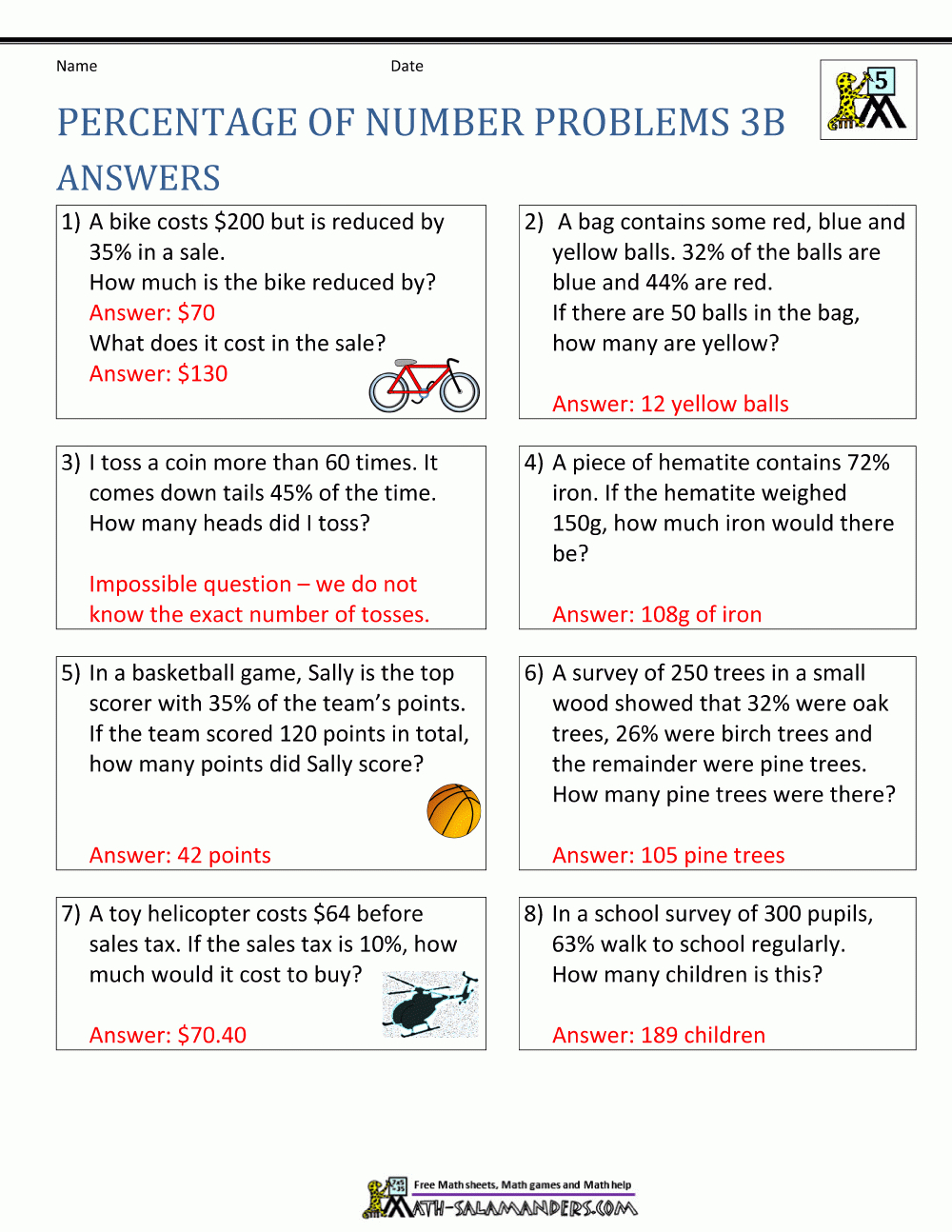

You must explain exactly and logically how you know for certain if he is being truthful or not. was he telling the truth or was he lying?ĭo not guess. Question: Not referring to the native standing beside the hut, but rather the one that crossed the road. Then the native that had crossed the road came back and said to the missionary, "He said he's from the West side of the island." The native got up, walked across the road and the two natives chatted for a minute. As they were talking, the missionary expressed his curiosity about where the native across the road was born, so the native he was talking to offered to go find out for him. While he was pondering this, another native walking by decided to rest and sat down on the bench beside the missionary. Being a curious sort, the missionary wondered which side of the island this native was originally from. was sitting on a bench in the shade relaxing and noticed across the road was a native leaning against a hut. One afternoon, in the capital city (which happens to be in the exact center of the island with equal land mass in both territories) a missionary from the U.S. (It's been argued this habit of being untruthful is instilled at a young age as part of the local 'West side' religion, but that's not been verified since every time a West-sider is asked about it they lie). Although there is nothing about their appearance that would indicated a difference, it is widely known that the natives born on the East side of the island always tell the truth about everything, while the natives born on the West side always lie, with no exceptions. There's an island in the South Pacific that is divided into 2 territories, the East side and the West side. Wikipedia has some very interesting background details about the problem. The problem is a paradox of the veridical type, because the correct result is so counterintuitive it can seem absurd, but is nevertheless demonstrably true. This is a very famous brain teaser in the form of a probability puzzle loosely based on the American television game show Let's Make a Deal and named after its original host, Monty Hall. Thus the required two numbers are 2 4 = 16 and 17, and the two students who spoke wrongly are 15th and 16th. So, one number should be an odd prime and the other should be the highest power of 2 in the range. This leaves the following number pair: 16 & 17.

Similarly, since we know the number IS divisible by all the whole numbers from 2 through 15, it must also be divisible by 18, 20, 21, 22, 24, 26, 28, and 30. This eliminates a lot of numbers: 2, 3, 4, 5, 6, 7, 8, 9, 10, 11, 12, 13, 14, and 15.Ĭould it be, say 20 and 21? That will not work, because if this secret number IS divisible by 4 and 10, then it is also divisible by 20.

So we can conclude that these two consecutive numbers cannot have multiples that are less than 31. Similarly, the two numbers cannot be, say, 8 and 9, because then also the students who said it was divisible by 16, 24, 18, and 27 would have been in the wrong. Thus the students who said it was divisible by 10, by 15, etc. It would also mean the number could NOT be divisible by 10, 15, 20, 25 or by 12, 18, 24 or 30. This would mean the secret number was not divisible by 5 nor by 6. This puzzle was received by Paula Tyroler (my contest participant) from her friend in Prague.Ĭlearly, since the two numbers are consecutive, one of them is even and the other is odd. Then re-arrange the five pieces to make a square. If the lawyers get $3 back and each takes $1, then they spent exactly $27 dollars.Ĭut up the Greek letter Pi below into five pieces as shown. Yet another way to think about the answer to this riddle is to just pretend that the bellhop refunded $3 to the people (rather than giving them $5 and receiving $2 back). Or look at it this way: What they get returned back are the dollars number 26, 27 and 28, and what they return the bell hop are #29 and #30. Then when the bell hop returns the $2 to the owner, the owner has $27 and the three people have $3 in total. Look at it this way: while the bell hop is going down the stairs, the owner has in his possession $25.00, each of the three people has $1.00 (x 3 = $3.00) and the bell hop has $2.00. In the end, the people have paid $27 total, and the owner receives $30 − $5 + $2 = $27, so it all matches. They were given $5 back as change, but $2 of that change gets returned back to the owner as "change of change". The $2 is the difference of $5 and $3 - it is not the true change in this transaction but is "change of change". The $1.00 isn't "missing" - it is an error to try to add the $27 and the $2.


 0 kommentar(er)
0 kommentar(er)
